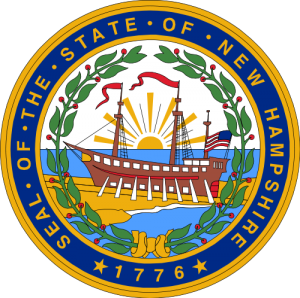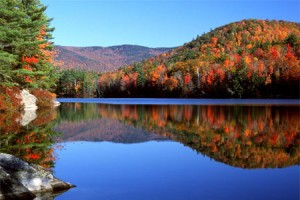 Oregon Population 2013
Oregon Population 2013
The United States Census Bureau estimates that the population of Oregon in 2013 is approximately 3,899,353, which is ranked the 27th largest population in the United States. This estimate shows a 1.8% increase since the last census in 2010, also conducted by the United States Census Bureau. Due to the large area that the state of Oregon takes up, the population density of the state is only about 40.3 people per square mile, ranked 39th largest density in the United States. However, even with such a small population density, more than 57% of the state’s population lives in the Portland metropolitan area.
Of the population of almost 3.9 million people, there are approximately 1.7 million housing units in the state of Oregon, which is a 15.3% increase since the year 2000. Of those 1.7 million households, about 91% of them are occupied.
Oregon Population Expectancy
The population of Oregon has grown 2.5 times the size that it was in the year 1950. At the rate of increase, the population is expected to reach 4.3 million by the year 2020. As the number of women reaching the childbearing age increases by 2020, there are expected to be approximately 53,000 annual births. On the other side of things, as the baby boom generation begins to get older, the annual number of deaths will begin to rapidly increase and exceed 36,000 by the year 2020. Since the 1950s, the population in the state has consistently had a population growth much higher than the average growth of the other states.
Oregon Demographics
Of the approximate 3.9 million people in the state of Oregon, about 88% of the population identifies as white (including Hispanic or Latino). Out of that 88%, about 12% do identify as Hispanic or Latino and about 76% as Caucasian. The percentage of the population that identify as Asian, which represents about 4% of the population, represents the next largest race in the state. Only about 2% of the population identifies as Black or African American. The rest of the state is made up of American Indian and Alaskan Native, Native Hawaiian, other Pacific Islanders, and those that identify with 2 or more races. These other races only account for approximately 6% of the entire population of the state of Oregon.
Oregon Land Mass
The state of Oregon is approximately 401 miles from east to west and 295 miles form north to south with a square area of 98,386 square miles, making it the 9th largest state in the United States. Of the 98,386 square miles, 96,003 square miles are made up of land, while the rest is made up of water. The highest point in Oregon is Mount Hood at 11,239 feet above sea level. In contrast, the lowest point in Oregon is at sea level, where the state meets the Pacific Ocean.
Oregon Religion
The population of Oregon identifies as religious at a much lower percentage than the national average. Only about 31% of the population identifies as religious, compared to the national average of 49%. Out of the 31%, about 11% identify as Roman Catholic, making it the largest denomination in the state of Oregon. About 21% out of the 31% are other Christian denominations and Protestants, including Baptist (3%) and Pentecostal (3%). Only about 1% of the religious population identifies as something other than Christian (Jewish, Eastern, or Islam).
 Oregon Hazelnut Industry
Oregon Hazelnut Industry
The state of Oregon happens to produce about 99% of the entire hazelnut crop in the United States. Due to the location of the state, where the temperate ocean and the climates as a result of the mountains and rivers in the state meet with the volcanic soils, the state is the perfect and ideal place to grow hazelnuts. Even though it produces 99% of the crop in the United States, it only produces about 5% of the world’s hazelnut supply. Farming families and communities have settled along the length of the Willamette Valley from Roseburg and even down into the state of Washington in order to grow the hazelnut.
Of the crop that is grown in Oregon, about 50% of it is exported annually. Part of the success of the hazelnut industry in the state of Oregon is the creation of different industry offices. These offices include the Hazelnut Marketing Board, the Oregon Hazelnut Commission, the Nut Growers Society of Oregon, and the Associated Oregon Hazelnut Industries.



 New Hampshire Population 2013
New Hampshire Population 2013 New Hampshire Demographics
New Hampshire Demographics